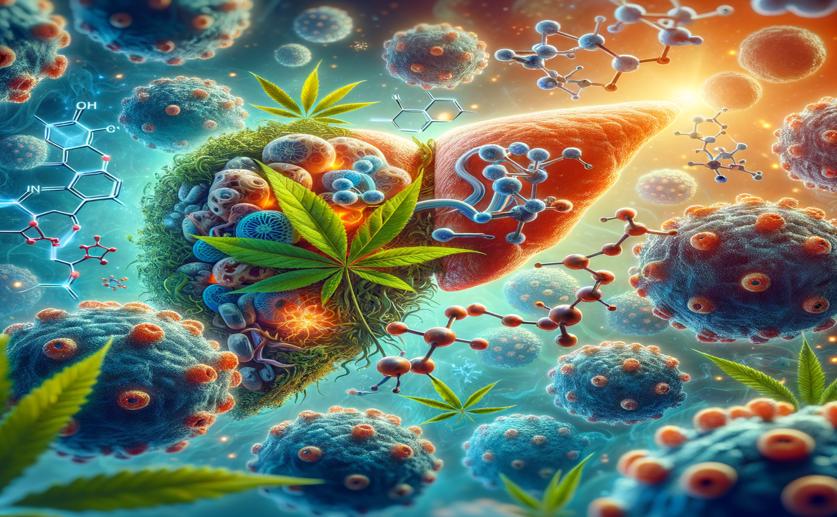
How Plant Compounds Affect Liver Cancer Cells Through a Key Cellular Pathway
Greg Howard
8th June, 2024

Image Source: Natural Science News, 2024
Key Findings
- Researchers at Tongji University found that compounds from traditional Chinese medicine can help fight liver cancer
- These compounds, Schisandra chinensis lignans and acteoside, reduce cancer cell growth and spread by targeting a key biological process
- The treatment increased cell death and reduced tumor size in mice, showing promise for new liver cancer therapies
References
Main Study
1) Multi-omics analysis reveals mechanism of Schisandra chinensis lignans and acteoside on EMT in hepatoma cells via ERK1/2 pathway.
Published 8th June, 2024
Journal: Functional & integrative genomics
Issue: Vol 24, Issue 3, Jun 2024
Related Studies
2) Brusatol reverses lipopolysaccharide-induced epithelial-mesenchymal transformation and induces apoptosis through PI3K/Akt/NF-кB pathway in human gastric cancer SGC-7901 cells.
3) CCL20 and CXCL8 synergize to promote progression and poor survival outcome in patients with colorectal cancer by collaborative induction of the epithelial-mesenchymal transition.
4) Selective recruitment of regulatory T cell through CCR6-CCL20 in hepatocellular carcinoma fosters tumor progression and predicts poor prognosis.



 30th May, 2024 | Greg Howard
30th May, 2024 | Greg Howard